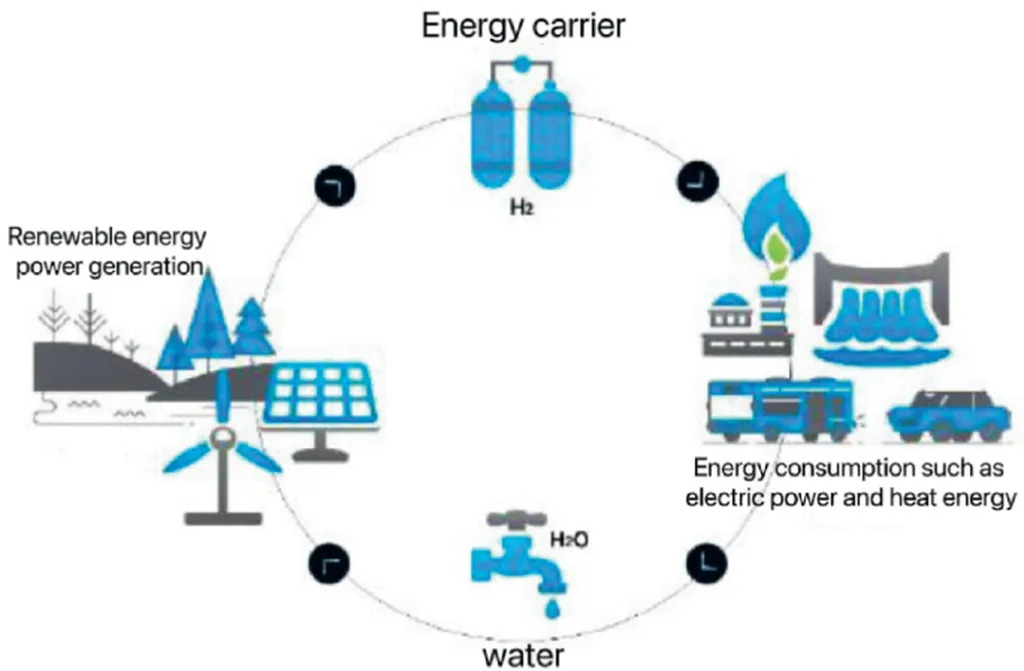In the rapidly evolving landscape of urban planning and energy efficiency, a groundbreaking study led by H. S. Kim from the Lyles School of Civil and Construction Engineering at Purdue University is set to revolutionize how we model our cities. The research, published in the International Archives of the Photogrammetry, Remote Sensing and Spatial Information Sciences (translated as “International Archives of Photogrammetry, Remote Sensing and Spatial Information Sciences”), introduces an automated framework for creating detailed 3D models of buildings, a critical component for urban resilience and energy simulation studies.
The study addresses a significant gap in current methodologies, which often struggle to capture the intricate details of building facades necessary for Level of Detail (LoD) 3 modeling. “Existing approaches often fall short in reconstructing detailed building facades, which are essential for accurate urban simulations,” explains Kim. To overcome this challenge, the research team developed an innovative approach that combines photogrammetry-based processing with deep learning-based window detection.
The process begins with the extraction of roof structures using oblique images captured by Unmanned Aerial Vehicles (UAVs). These images are then used to generate simulated facade images of buildings. A YOLOv5-based deep learning algorithm is employed to detect windows in these simulated images. The detected windows are then projected onto a reconstructed LoD-2 model using a ray-mesh intersection algorithm. The final LoD-3 model is exported in CityJSON format, making it compatible with various urban simulation applications.
The implications of this research for the energy sector are profound. Accurate LoD-3 models are crucial for conducting energy performance simulations, which help in designing more efficient buildings and urban environments. “This approach not only enhances the accuracy of urban models but also makes the process more efficient and scalable,” says Kim. “This could lead to significant advancements in energy simulation studies, ultimately contributing to more sustainable and resilient cities.”
The study’s experimental results demonstrate the feasibility of this automated framework, paving the way for large-scale LoD-3 reconstructions. As cities around the world strive to become smarter and more sustainable, the ability to create detailed and accurate 3D models of buildings will be invaluable. This research not only advances the field of urban modeling but also opens up new possibilities for the energy sector, driving innovation and efficiency in urban planning and design.
In the words of Kim, “This is just the beginning. The potential applications of this technology are vast, and we are excited to see how it will shape the future of urban resilience and energy efficiency.” As the world continues to grapple with the challenges of climate change and urbanization, this research offers a promising solution to create more sustainable and resilient cities.

